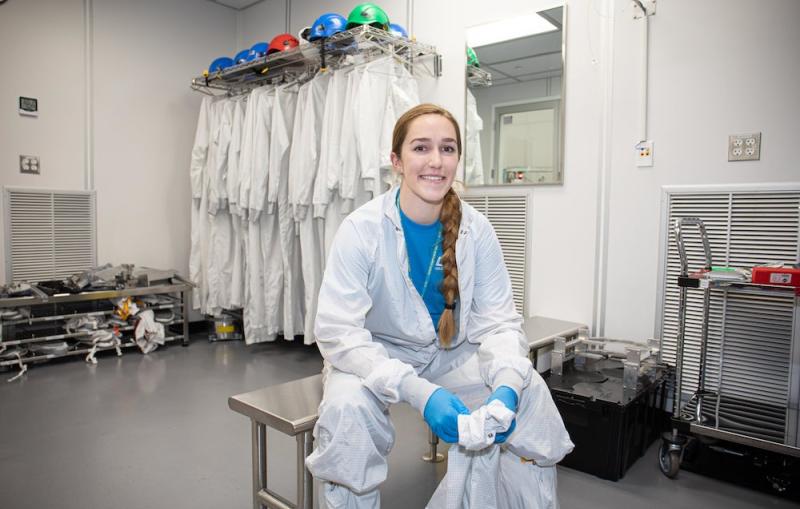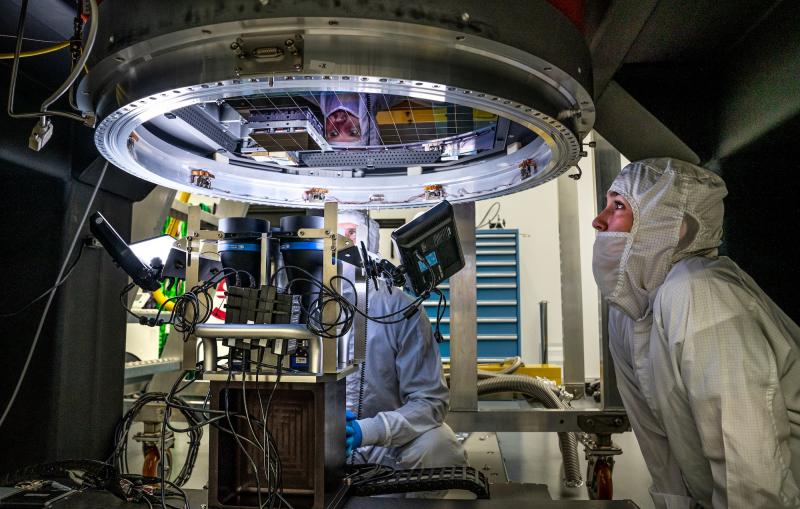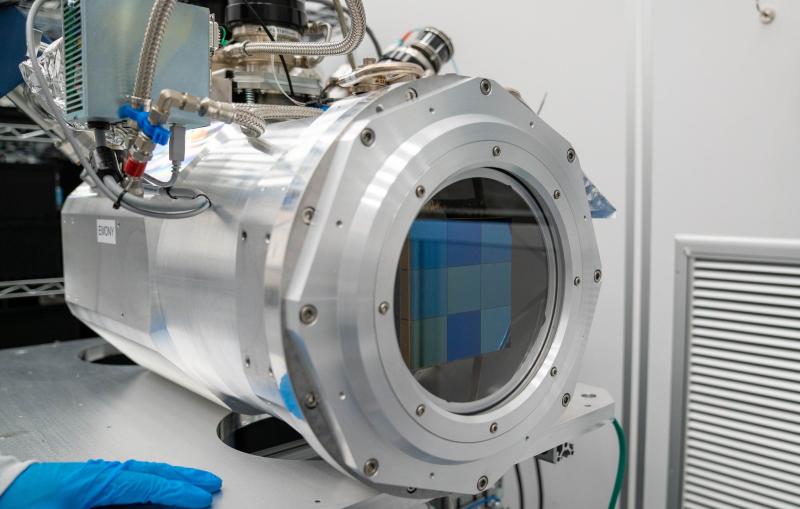

Photograph
The LSST camera integration and testing team is slowly assembling the camera’s focal plane


Past Event




The NSF-DOE Vera C. Rubin Observatory and the SLAC-built LSST Camera image the visible southern sky over and over for a decade, creating a vast archive of data that will advance our knowledge of dark energy and dark matter.
Related Link:
LSST Camera: World’s largest camera for astrophysics


The LSST camera integration and testing team is slowly assembling the camera’s focal plane





